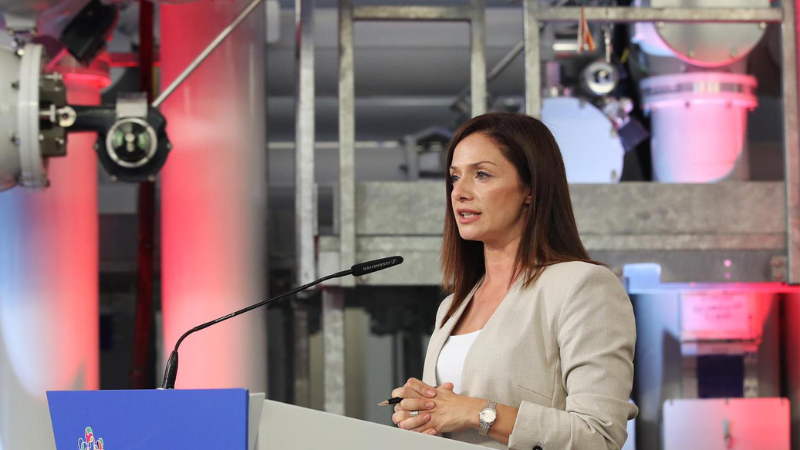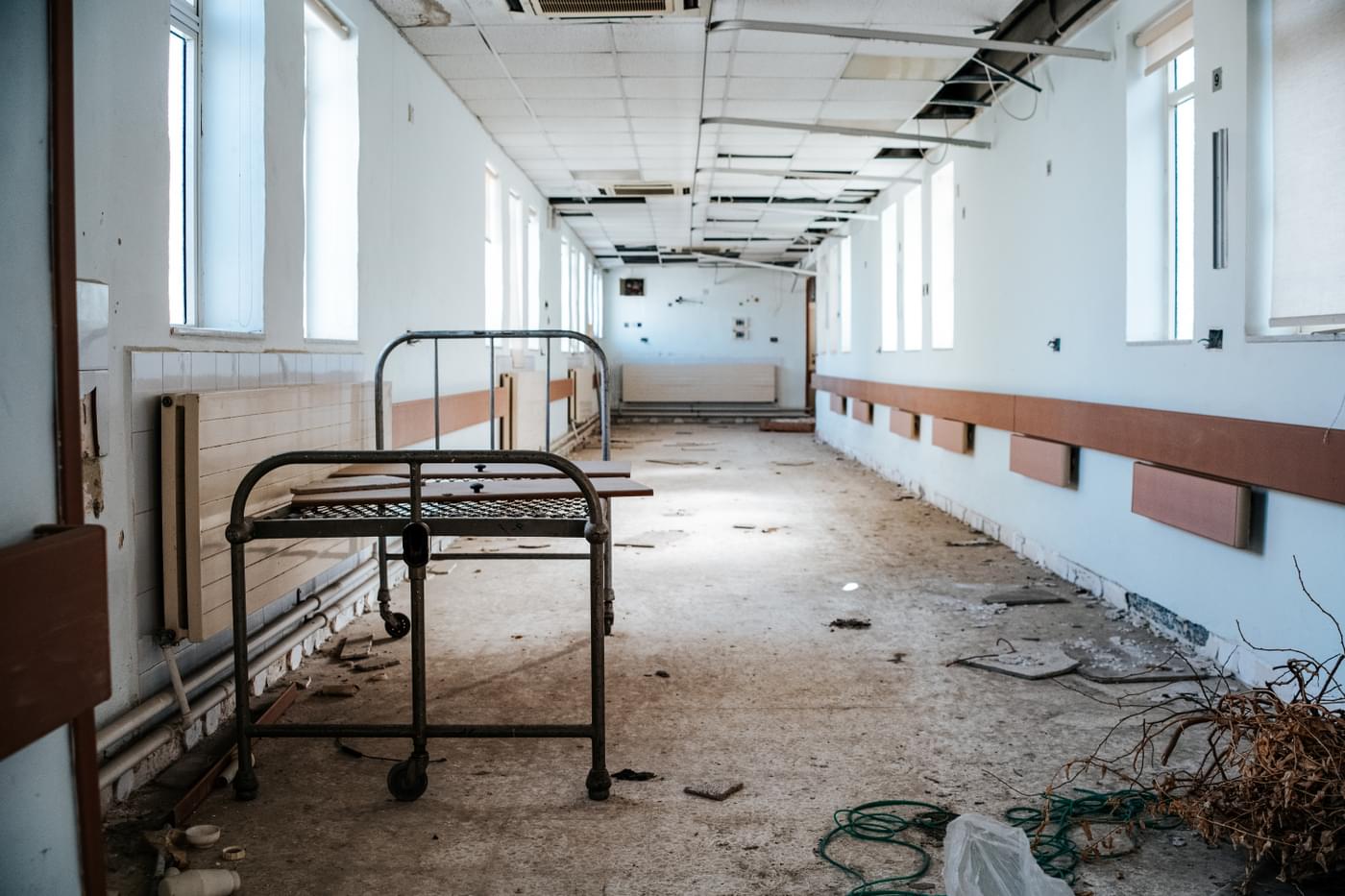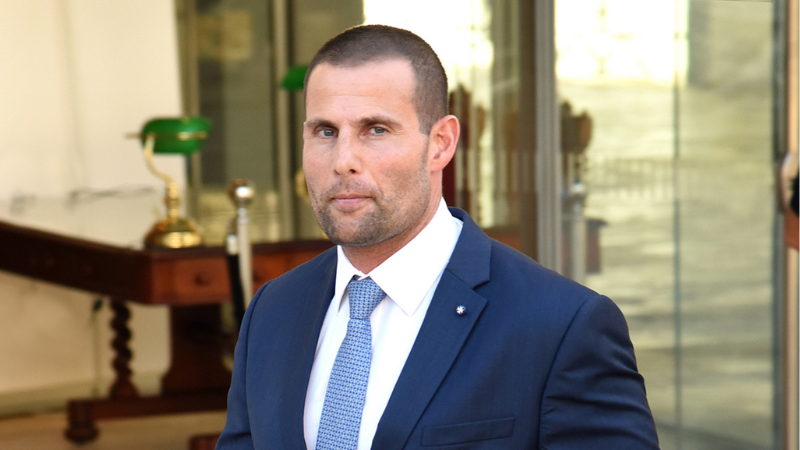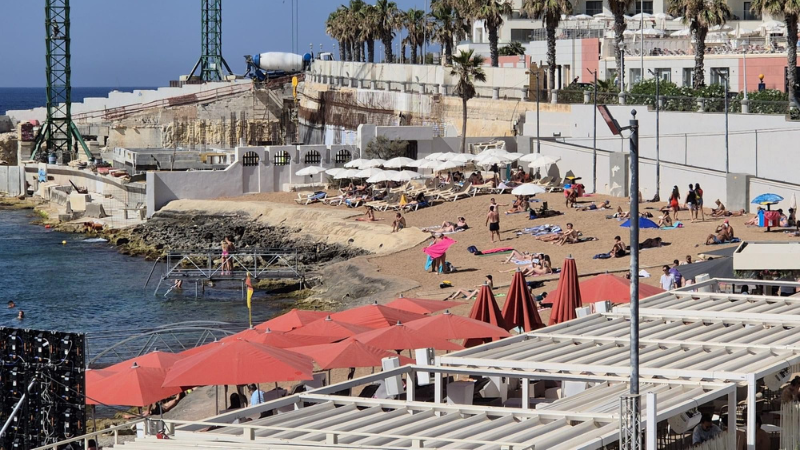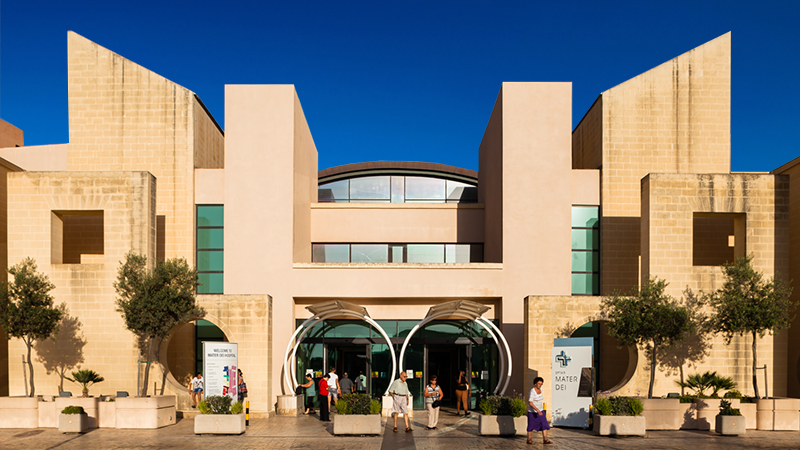The International Fact-Checking Network (IFCN) together with a number of partners around the world have joined forces to recognise, but also bring together fact-checkers, journalists and researchers from across the globe to form the #CoronaVirusFacts Alliance.
The project started in late January with just one Google sheet and has now grown to more than 3,000 fact checks from 70 countries in over 40 languages – all of which are available in a searchable database.
Cristina Tardáguila, associate director of the IFCN, describes how, during the Spanish elections, the network received 600 fact-check requests per day. Currently, they receive between 1,500 and 2,000. Fact-checkers are overwhelmed.
Fact-checking, however, should not be limited to professionals and there are things that even everyday media consumers can do to help understand fact from fiction.
Check your bias
If you find yourself reading something that perfectly matches your views, there’s a good chance you’ll be inclined to share it immediately. Even though we turn to the news to learn something new, the sources we choose to remember and to trust are often motivated by a preference to confirm what we already believe.
This is known as ‘confirmation bias’. Everyone has beliefs one holds dear, so we trust others with those same beliefs. What often happens as a result, however, is that many get trapped in echo chambers and filter bubbles, sometimes at the expense of factual information that we discard because we don’t like what we read.
Your bias right now
If acknowledging bias or checking out other perspectives is too hard (which let’s be honest – it can be), a good start is making a distinction between fact and opinion. Are you reading a factual article about coronavirus or someone’s opinion about it? Can any statements or numbers be fact-checked or are they speculative?
Check your reaction
As more information moves towards online platforms, headlines from established newsrooms and disinformation outlets are now more likely to be designed to grab your attention and encourage dissemination. If a headline causes a strong reaction, particularly if it’s outrage or fear, it might be worth digging a little deeper before sharing it.
Check the source and the source’s source
Both steps help identify disinformation (false content, spread intentionally) and misinformation (false content, spread unintentionally). There are a number of ways to check. Was the post from a reliable media outlet or from some website you have never heard of before? If it’s the latter, does the article cite its sources?
Grammatical errors and weird formatting might also suggest that what you’re reading may not be legitimate. Outlandish or nonsensical headlines might be satire.
Some widely circulated stories on the other hand sound perfectly reasonable such as the one about Greece asking the UK to return the Elgin marbles (also known as the Parthenon Marbles) as part of the initial Brexit talks. This story was in fact a distortion of a paragraph in the draft talks that requests the UK simply “deal with the return of cultural works illegally removed from their countries of origin”.
Greek government sources explained that this refers to antiquities that end up in London’s private auction houses, but tabloid and conservative journalists, with a notoriously anti-EU agenda, read the paragraph and assumed it was referring to the Parthenon marbles – and voilà, a false story was spun and shared.
Your sources right now
Familiarise yourself with the basics of the disease and get information from health authorities such as the World Health Organisation, the European Centre for Disease Prevention and Control or, in Malta’s case, the Ministry of Health website. Ignore any headlines that say the disease is ‘planned’ and question headlines downplaying or inflating the severity of the disease. Be aware there is still a great deal that is unknown.
Look carefully at images
The chances are you have come across or shared images of dolphins in Venice or of a historical photo of a soldier carrying a donkey on his back. These are two examples where the photo is real, but the context is wrong (donkey) or the information is partially true (dolphins in Venice). Images may be doctored, or they may be old but reused to suit a particular narrative.
Images right now
One way to find out whether you are really looking at empty toilet paper shelves in a supermarket or a still from a disaster film is to try a reverse image search. This will give you information about when the image was first used.
Don’t mock those who have shared false information
First, making fun of something online still means that you are sharing it and therefore helping to spread it. The person mocking the crazy post or meme can have the best intentions of calling attention to the absurdity of the information but at the same time could be inadvertently amplifying that message. Moreover, making fun of someone’s ideas or beliefs is unlikely to change their mindset; what it often does instead is serve to entrench those convictions further – ample examples of this online in Malta’s bipartisan mindset.
We don’t have to become epidemiological experts. The health professionals are out there doing their job and so are the reputable media outlets (have you noticed how many news desks have allowed for free COVID-19 coverage even if other articles are behind paywalls?). Social media platforms have ramped up their efforts in order to address COVID-19 disinformation by promoting links to trusted health organisations and by making it easier to report questionable content.
There are also plenty of tools to help verify online content. There are fact-checking websites like Snopes or FullFact or more specifically, the IFCN’s coronavirus database. If you’re on Twitter and spot a “historical photo”, there are plenty of historians on the platform who would happily help you verify it.
What fact-checkers are asking us to do is help make their job a little easier by not spreading falsehoods or anything else that could make a public health response harder for those around us.


